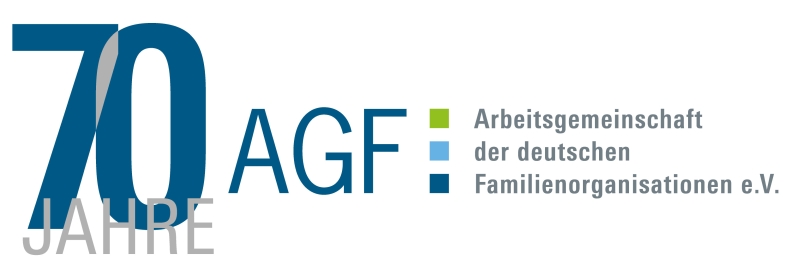Berlin, 7 June 2024 – In the discussion about a further increase in the tax-free child allowance for 2024 without a simultaneous increase in child benefit, family organisations are calling for closing the gap that those two measures have in their monetary outcomes on families. This should be an important step to the goal of achieving equal financial appreciation of all children.
‘We have long criticised the unequal financial effects of child tax allowances and child benefit. The child tax allowances are now to be increased a second time in 2024 without a corresponding increase in child benefit. In order to ensure that families with low and medium incomes do not miss out on this increase,’ explain the members of the Association of German Family Organisations, “child benefit must be adjusted to the maximum financial outcome of the child tax allowances as soon as possible.”
In the Inflation Compensation Act, which was passed at the end of 2022, both the child benefit and the tax-free child allowances were increased: the amount of child benefit has therefore risen to €250 in 2023, somewhat more than usual, in order to relieve families from the high inflation and increased energy prices. The gap between the maximum effect of the child tax allowance and the amount of child benefit has therefore been slightly reduced in 2023, because the child tax allowances only increased to a maximum of 6,024 euros or 3,012 euros per parent. This is the amount that is free of taxes on the income of parents. This gap widened again when, as also provided for in the Inflation Compensation Act, the child tax allowances increased to 6,384 and 3,192 euros in 2024.
Now, Finance Minister Christian Lindner is planning to increase the child allowance again with retroactive effect from 1 January 2024, to 6,612 and 3,306 euros respectively. At the same time, however, he rejects an increase in child benefit, citing the increase to 250 euros in 2023.
Since the Federal Constitutional Court ruled in 1990 that the minimum subsistence level of children should be exempt from income tax, this requirement has been implemented with the child tax allowance in the tax system or, for the majority of families, as part of the child benefit. This dual system of child tax allowances and child benefit is criticised because it has different levels of relief and support. In the view of the AGF, the coexistence of the child tax allowance and child benefit means that various objectives must be reconciled: on the one hand, the constitutional requirements of exempting the child’s minimum subsistence level from taxation of the parents’ income. If taxpayers have the same income levels, the restrictions on the tax capacity of parents with children must be taken into account. On the other hand, however, children from families with low and average incomes should not be disadvantaged.
‘The reduction of the gap between the maximum tax relief of the tax-free amount and the amount of child benefit must be consistently pursued, because there is a justice gap here that urgently needs to be closed instead of being further opened,’ say the associations. In addition, the regulations on the offsetting of maintenance advances and the social law benefits (SGB II) need to be adjusted, otherwise many single parents and many families receiving social benefits from SGB II would not benefit. The long-demanded and already announced recalculation of the child’s minimum subsistence level with corresponding adjustments to the rules of imputation could help to remedy this situation.

